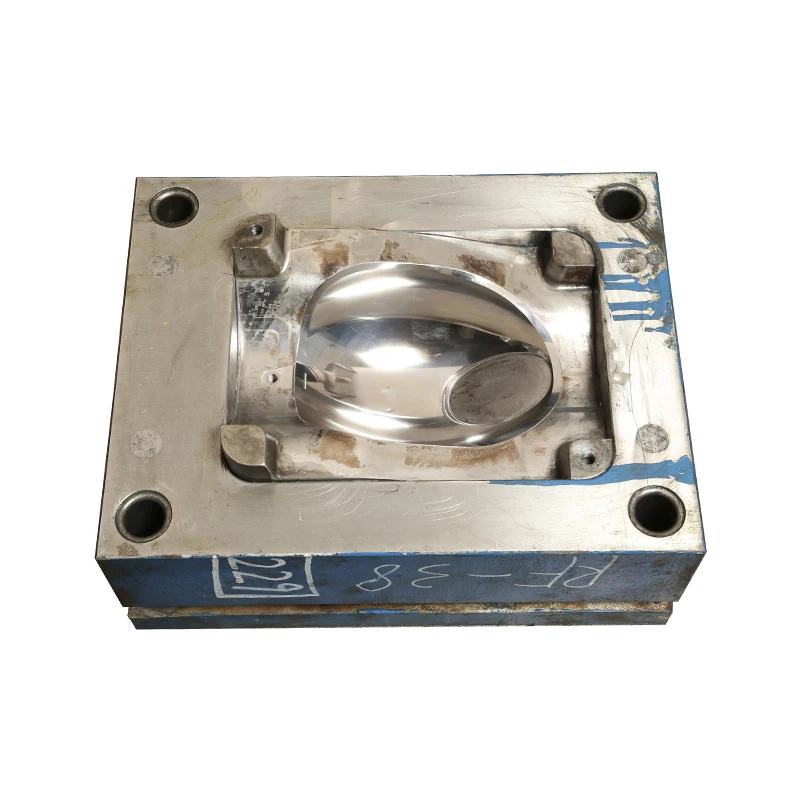The medical injection molding process is a specialized manufacturing technique used to produce high-precision medical devices and components. This process involves melting medical-grade plastics and injecting them into molds to create specific shapes. Given the stringent requirements of the medical industry, this process ensures that the final products meet high standards of quality, safety, and consistency.
Key Components of the Medical Injection Molding Process
Material Selection:
Medical injection molding uses a variety of materials, including thermoplastics, thermoplastic elastomers (TPE), silicones, and metals. Commonly used plastics include polypropylene, polyethylene, polystyrene, and polyetheretherketone (PEEK).
The choice of material depends on the application, with considerations for biocompatibility, sterilization, and mechanical properties.
Mold Design:
The mold is a critical component in the injection molding process. It is typically made from steel or aluminum and is precision-engineered to match the desired geometries of the final product.
The mold consists of two main parts: the injection mold that shapes the plastic and the ejector mold that releases the solidified product.
Injection Molding Machine:
The machine has three main parts: the injection unit, the mold section, and the clamp. Thermoplastic pellets are fed into the hopper, melted, and then injected into the mold cavity.
Steps in the Medical Injection Molding Process
Clamping:
The two halves of the mold are clamped together under high pressure to prepare for the injection of the molten plastic.
Injection:
The melted plastic is injected into the mold cavity. This step requires precise control of temperature and pressure to ensure the plastic fills all cavities and intricacies of the mold.
Dwelling:
Pressure is applied to ensure the molten plastic fills every part of the mold cavity, avoiding defects like air pockets or incomplete filling.
Cooling:
The plastic is left to cool and solidify within the mold. The cooling rate is critical to prevent warping and ensure the mechanical properties of the final product.
Mold Opening:
The mold is opened once the plastic has solidified, and the finished part is ejected.
Ejection:
The solidified product is ejected from the mold cavity, often with the help of ejector pins or an air blast.
Validation and Quality Control
The medical injection molding process must adhere to strict validation and quality control standards, including:
Installation Qualification (IQ): Ensures that equipment and ancillary systems are properly installed.
Operational Qualification (OQ): Verifies that the equipment operates according to specified parameters.
Performance Qualification (PQ): Confirms that the process consistently produces products meeting predetermined specifications.
Advantages of Medical Injection Molding
Precision and Complexity:
The process allows for the production of intricate and complex medical components with high precision, ensuring tight tolerances and exact specifications.
Consistency and Quality:
Injection molding ensures exceptional consistency in the final products, minimizing variations and defects, which is crucial for medical applications.
Cost-Effectiveness:
While the initial mold creation can be costly, producing large quantities significantly reduces the cost per part, making it a cost-effective solution for mass production.
Material Versatility:
The process supports various medical-grade plastics, each with unique properties suitable for different medical applications.
Biocompatibility and Sterilization:
Many plastics used in medical injection molding are biocompatible and can withstand various sterilization processes without compromising their properties.
Applications of Medical Injection Molding
Medical injection molding is used to produce a wide range of medical devices and components, including:
- Surgical instruments and implants
- Diagnostic testing kits
- Personal protection equipment
- Orthopedic devices
- Drug delivery components
- Laboratory supplies such as test tubes and beakers.
Conclusion
The medical injection molding process is a vital manufacturing technique in the medical industry, offering precision, consistency, and cost-effectiveness. By adhering to stringent validation and quality control standards, this process ensures the production of high-quality medical devices and components that meet the rigorous demands of the healthcare sector.
RUNKE offers various plastic injection molds(medical injection mold, auto&motorcycle helmets. optical lenses/visors, electronic appliances, safety personal products, and daily use commodities) for the Southeast Asia market. Middle East market, Europe market, and South America market. We use preferred material for mold tooling production to provide premium-quality and tailored mold tooling that perfectly fits your application’s specifications. Feel free to contact us for more.

.jpg)

.jpg)